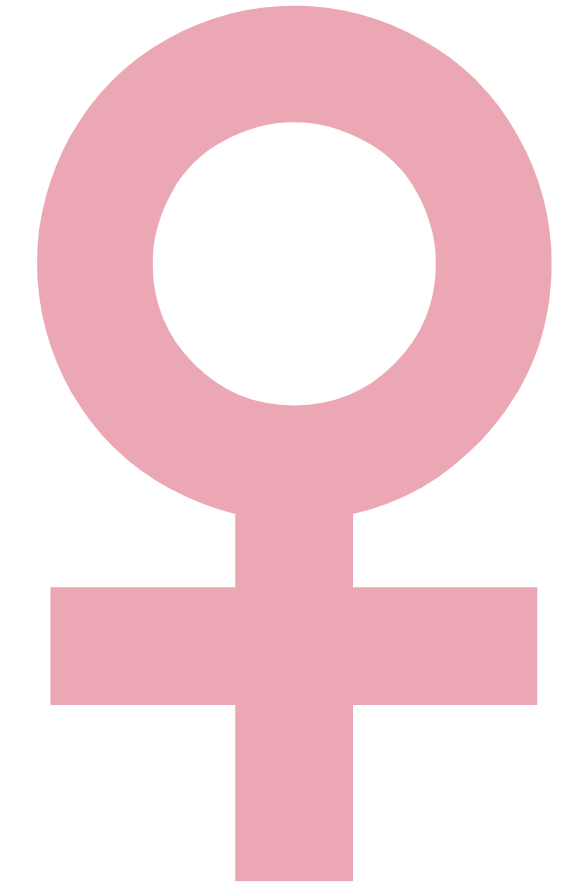
Female fertility is a woman's ability to conceive a biological child. You and your partner might question your fertility if you've been trying to get pregnant with frequent, unprotected sex for at least one year — or at least six months if you're older than 35 — with no success.
A woman’s chance of achieving a pregnancy can be affected by:
◎ Age or ovarian aging
A woman's age is the single most important factor influencing her chance of conceiving. Over the age of 35, fertility begins to decline. Not only does the number of oocytes decreases, the quality of the oocytes also diminishes. At the age of 41, the chance of a successful pregnancy falls to just 4%.
Premature aging or depletion of the ovarian follicles. Risk factors include smoking, radiotherapy, chemotherapy, family history and autoimmune disease.
◎ Ovulation problems
There are medical conditions that affect the release of eggs from the ovaries. These include hormonal disorders such as polycystic ovary syndrome, disorders of the hypothalamus/pituitary, hyperprolactinemia, thyroid problems (hyperthyroidism or hypothyroidism) and congenital adrenal hyperplasia.
◎ Fallopian tube damage or blockage
These narrow tubes can easily be blocked or damaged, which could interfere with the sperm reaching the oocyte. Causes include endometriosis, tubal ligation, ectopic pregnancy and pelvic inflammatory disease.

Endometriosis ◎
Endometriosis occurs when tissue that normally lines the inside of the uterus grows outside the uterus. This tissue responds to changes in hormones during the menstrual cycle, resulting in the tissue breaking down and bleeding. This can cause pain and may result in the formation of scar tissue and adhesions.
Uterine or cervical abnormalities ◎
These include fibroids, polyps and septum. Fibroids or uterine myomas occur more frequently with advancing age. A fibroid is a non-cancerous growth of the muscle in the uterus.
Cancer and other medical treatment ◎
Some forms of medical treatment, particularly chemotherapy and radiotherapy, can have an adverse effect on fertility in women.
Unexplained infertility ◎
There are a number of assisted reproductive technology (ART) treatments available to help overcome difficulty conceiving. Read more about fertility and treatment options.


Male fertility is a complex process. For a pregnancy to occur, healthy production and transport of sperms are vital.
A male’s fertility potential can be affected by a number of conditions, such as:

Fertility treatment options

This involves stimulating the ovaries with hormones to produce multiple eggs. IVF is a technique of placing an egg and sperm together in a laboratory. Once fertilisation takes place, the embryo is transferred to the uterus to hopefully implant and become a pregnancy.
This is a laboratory technique used when successful fertilisation of the egg cannot be achieved with standard IVF. In ICSI, a single sperm is directly injected into the egg to assist fertilisation.
Embryos can be frozen and stored for later use through a process known as cryopreservation. A frozen embryo transfer (FET) is a cycle where a frozen embryo from a previous fresh IVF cycle is thawed and transferred back into a woman's uterus. FET can be done in a woman's natural cycle or with ovulation induction.
This is a simple process that involves conducting a series of tests to help you identify the days you are most fertile and plan for intercourse to maximise the chance of pregnancy.
Ovulation induction is the process of stimulating the ovary to produce a mature egg and causing the release of the egg (ovulation). The common medications used to induce ovulation can be either in the form of oral (letrozole, clomiphene, metformin) or injectable (Gonal F, Puregon, Menopur).
This involves placing specially prepared semen directly into the woman’s uterus close to the time of ovulation. Sperm can be provided by the woman’s partner or from a sperm donor.
